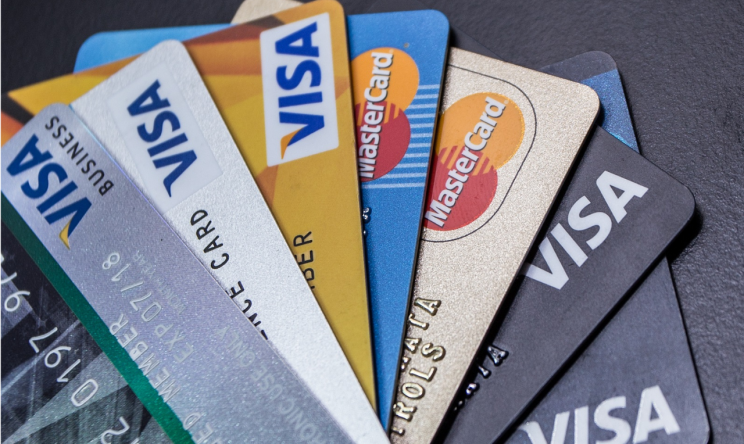 January 3, 2020
January 3, 2020
Bridging the gap – Three change-drivers for an increasingly cashless society
“Just 9% of all payments will be cash by 2028”
The use of cash continues to plummet. While still the second most popular payment option, just a decade ago it used to account for 60% of all transactions, while in 2016 it had fallen to 40%. This shift in consumer behaviour has been met with an upsurge in innovative Fintech companies that are creating ever-more innovative cash alternatives. And as a completely cashless future now looks closer than ever, here we take a look at the three key drivers pushing us towards tomorrow.
Driver #1: Prepaid debit cards
“The global market for prepaid is projected to reach $3.1 trillion by 2022”
Consumer smartphones ownership has risen from 17% in 2008, to 78% in 2018– which has brought us to an age of ‘digital dependence’ – a time when we check our phones, on average, every 12 minutes. This ownership also hands us the ability to buy online and send money to friends and family in a few taps of an app, while children are increasingly replacing the traditional piggy bank with prepaid cards that are linked to a parental-owned app.
Another area where prepaid debit cards have proved essential is in the payment of a world of gig workers, who’ve grown in number to some 4.7 million in Britain. An upper end figure of global gig workers is difficult to pin-down, however ‘Freelancer’ – the world’s largest freelancing site, has 60 million users in the United States alone, giving some idea as to how many gig workers there could be.
Meanwhile Uber, which today has 45,000 drivers on London roads, has recently launched ‘Instant Pay’, which allows gig workers to receive their earnings up to five times per day by prepaid card. This hands Uber an edge over their competitors, as they pay up more than a week before others.
Driver #2: Dual-interface cards
“119 million contactless cards were issued in the UK in 2017, and in June 2018 contactless payments overtook chip and PIN payments, accounting for 51% of all in-store card payments”.
One in 10 UK adults are cashless, while one in six young people barely ever use notes and coins. Millennials see (and welcome) a cashless future where currency fades into non-existence, and more than half of older shoppers now use contactless regularly. To satisfy these consumers, banking institutions have worked their way towards the development of dual-interface payment cards that serve all types of consumer equally well – those who want to pay without a PIN, and others who prefer to pay the way they always have.
Driver #3: Point-of-Sale Systems
“The market for POS terminals is expected to expand by 11.5 percent from 2017 to 2025”.
The typical consumer uses plastic for 28% of their purchases, which means that businesses that accept cash only are missing out on trade. These companies could hop on the band wagon whenever they want, and for increasingly lower cost, too, as POS terminals are now available via an app – turning any smartphone into a POS.
POS providers are also offering cheaper software and systems to suit small business, such as EPOS Now, EPOS Direct and IntelligentPOS.